






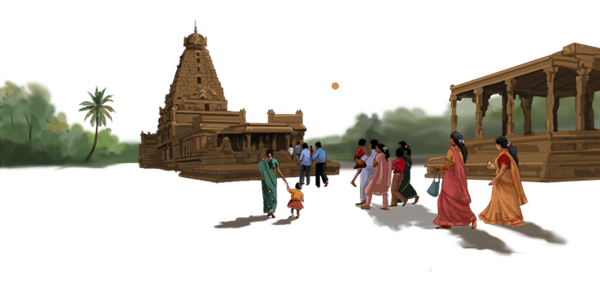
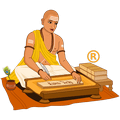


Notes: All timings are represented in 12-hour notation in local time of Lancaster, United States with DST adjustment (if applicable).
Hours which are past midnight are suffixed with next day date. In Panchang day starts and ends with sunrise.
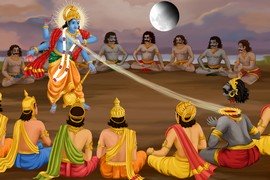
In Hinduism, Lunar Eclipse, which is known as Chandra Grahna, is a religious event. Most common activities e.g. reading, eating, sleeping, recreation and sighting moon are prohibited during eclipse. The city based timings for eclipse and prohibition windows are mention on this page.
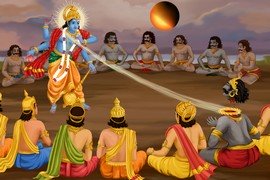
In Hinduism, Solar Eclipse, which is known as Surya Grahna, is a religious event. It is believed that Surya Dev comes under the malefic influence of Rahu during Surya Grahan. Hence, sighting and coming under the influence of malefic Surya is strictly prohibited. Surya Grahan local timings, including Sutak timings are given on this page.
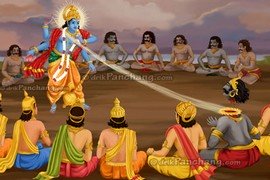
Sutak is a certain time period which begins on certain time before Solar and Lunar Eclipse and ends with eclipse. Most common activities e.g. reading, eating, sleeping, recreation, etc. are avoided during this period. During this time, special precautions are taken by pregnant women and most temples remain closed.
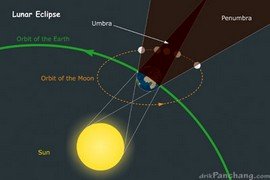
When the Shadow of the earth falls on the moon, it is known as a lunar eclipse. A lunar eclipse always occurs on a Full Moon Day. In Hinduism Lunar Eclipse, which is commonly known as Chandra Grahan, is regarded as religious event and followers of Hinduism take special precautions and perform Vedic rituals during the event.

How to do Lakshmi Puja during Surya Grahan? Diwali solar eclipse is such a coincidence that can happen anytime. Because Diwali is also celebrated on Amavasya Tithi and Solar Eclipse also always occurs on Amavasya.

Although most countries have four main seasons, India has six seasons namely, Vasant, Grishma, Varsha, Sharad, Hemant and Shishir. These seasons are known as Ritu and have religious and spiritual significance. In India seasons are considered very important and many festivals are linked to Indian seasons.
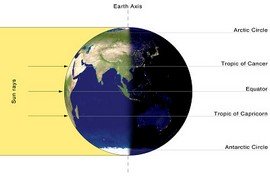
The equinox is an astronomical event that occurs twice every year. It occurs once in spring and the second time in autumn. The Vernal Equinox is also known as the March Equinox, Spring Equinox, Northern Equinox and Vasant Vishuva or Vasant Sampat.
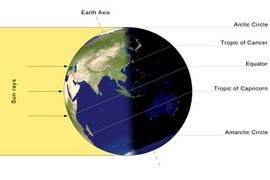
Solstice is an astronomical event that occurs twice a year. In summer, the solstice is the Longest Day of the Year. During the solstice, the Sun is at its highest position in the sky. In Northern hemisphere, Summer Solstice falls during mid June , while in Southern hemisphere, Summer Solstice falls during mid December.

Equinox is an astronomical event that occurs twice a year, once in spring and second time in autumn. At the time of equinox, the duration of day and night is almost equal. In Northern hemisphere, Autumnal equinox falls during September, while in Southern hemisphere, Autumnal equinox falls during March.
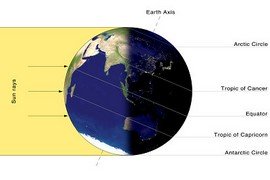
Solstice is an astronomical event that occurs twice a year. During the solstice, the Sun is at its lowest position in the sky. In Northern hemisphere, Winter Solstice falls during December, while in Southern hemisphere, Winter Solstice falls during June.
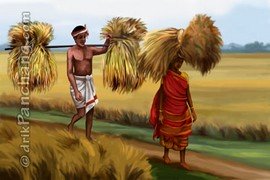
Harvest festivals are important in Hindu Calendar. Harvest festivals are celebrated at the time of harvesting of the main crops of a particular region. These festivals include community meals, folk dances, etc. Makar Sankranti, Holi, Vaisakhi and Onam are some of the major Harvest festivals.






